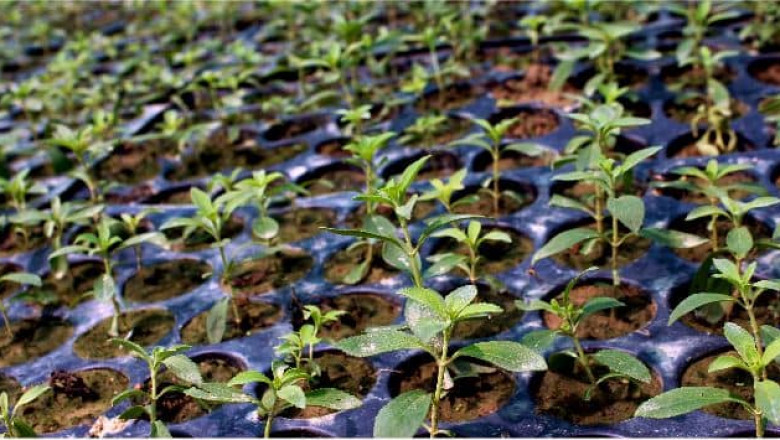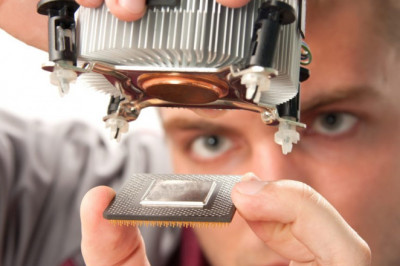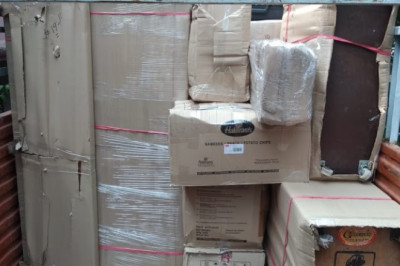views

The label-friendly natural stevia extract, with time, has reached unprecedented heights of popularity, but have you ever wondered how this sweet magical leaf finds its way into your products? Stevia’s path from farm to product consists of several steps – so it's safe to say that stevia passes through many hands along the way from arable land to eventually land up in your product. Join us on this journey of finding out how pure stevia extract is obtained.

The Beginning
Naturally nestled in South America, this magic plant has been used by natives locally for over 1500 years, but with its gradual commercialization, China has now emerged as the largest producer of stevia. But interestingly, what you might not know is that stevia is rarely grown from seed. The reason is, that stevia is extremely hard and requires the ideal climatic conditions, and only one in 10 ends up as a plant. So generally, its journey begins at a nursery via cuttings in a controlled environment.
Cultivation & Harvesting Stage
Ideally, stevia is grown in tropical and sub-tropical conditions and requires a relative humidity of 65-80% and well-drained soil for proper growth and development. After 8-12 weeks the cuttings are planted out, now what’s interesting to note is that even though stevia is highly dependent on the sun, it does not require much water. After a period of 3-5 months, the plant is ready to be harvested. One of the major benefits of stevia is that if picked carefully, the same plant can comfortably be harvested multiple times over a period of 2-3 years.
The Extraction Stage
Much like you would brew your morning cuppa, when it comes to the extraction of natural stevia extract, generally the process begins first with the leaves being steeped in hot water and then follows a rigorous process to get hold of the steviol glycosides. Once the coveted steviol glycosides are collected they are further purified to remove any lingering bitter attributes.
The Refining Stage
After the extraction process, what you’re left with is the primary extract, which consists of all the various steviol glycosides found naturally in stevia. The leaves mostly contain stevioside which has a rather palpable metallic/bitter aftertaste. The primary extract is then repeatedly crystallized to obtain a more refined extract. Reb-A offers a much better taste and the best in class is Reb M pure stevia extract, which is absolutely devoid of any unpleasing lingering aftertaste.
The natural stevia extract varieties used in the stevia industry are powder, liquid, and leaf. Sweeteners produced with the help of stevia are a blend of pure stevia extract and other permitted ingredients, combined for ease of usage. However, 50-80% of the primary extract is stevioside and isn’t as pleasing as Reb A and Reb M. Hence, it needs to be further refined before it reaches food and beverage manufacturers and reformulators.
Going The Arboreal Way
At Arboreal, using our years of research, we have gathered tremendous know-how about the stevia manufacturing process. From sustainable plant breeding to a patented extraction process, we adopt 100% natural and safe techniques to offer companies and brands superior quality pure stevia extract and blends. If you want to get started with stevia, you’ve come to the right place. We can help you convert your ideas into products in just 30 days. To know more about us visit our website.












